"Haunted Heart: The Legendary Riverside Studio Recordings"
From the Bill Evans Trio Featuring Scott LaFaro and Paul Motian
Below is the press release for this new set. Rather than just posting it as a straight press release, I've decided to "take matters into my own hands" before giving Craft the free ink. Depending on your point of view this can be seen as cynical exploitation and an unnecessary rerun, or as an interesting packaging of the Evans trio's studio output re-imagined.
First, while it includes both Portrait in Jazz and Exploration, this time it gives Jamie Howarth and his Plangent Process a chance to prove that the albums digitized and processed sound better than the all-analog versions many of you already own as an original or carefully done remastered from the original tapes.
In simplified terms, his process locks onto the bias frequency found on all analog tapes, and in the digital domain corrects for among other things scrape flutter and other mechanically induced problems inherent in analog tape technology. It works, and many of us have heard it "A/B"'d in the digital domain between straight transfer and Plangent Process transfer and it's impressive but this is an opportunity to compare an AAA record to a Plangent Process record. Should be interesting.
The rest of the set consists of "three additional LPs feature 26 breathtaking alternate takes and outtakes from these famed sessions—17 of which have never been released—offering rare insight into the trio’s innovative creative process."
Usually outtakes are outtakes for a reason. However, for completists and for those wishing to hear Plangent Processed familiar recordings, here's your opportunity. End of editorial and on with the press release!
Oh, one final reminder: no one is forcing anyone to buy this!
Los Angeles, CA (September 4, 2025)—In 1959, trailblazing pianist Bill Evansassembled one of the greatest trios in jazz history, thanks to the intuitive artistry of bassist Scott LaFaro and drummer Paul Motian. Over the next year and a half, they would establish a groundbreaking and highly influential improvisational style that challenged the status quo and shifted the genre’s landscape. While their time together was heartbreakingly brief, they left behind two live albums and two seminal studio albums that continue to inspire musicians to this day.
Now, Craft Recordings honors this inimitable trio through Haunted Heart: The Legendary Riverside Studio Recordings—a brand new collection that, for the very first time, collects the complete recording studio output by Evans’ “Classic Trio.” Anchoring this 5-LP, 180-gram vinyl collection (also available in a 3-CD set and standard/hi-res digital) are the trio’s two acclaimed original studio albums, Portrait in Jazz (1960) and Explorations(1961), both of which benefit from meticulous audio restoration by Plangent Processes. Three additional LPs feature 26 breathtaking alternate takes and outtakes from these famed sessions—17 of which have never been released—offering rare insight into the trio’s innovative creative process.
The collection, which arrives on November 21st, and is available to pre-order/pre-save today, was produced by Nick Phillips and mastered by GRAMMY® Award-winning engineer Paul Blakemore, with lacquers cut for the vinyl edition by Kevin Gray at Cohearent Audio. The beautifully packaged vinyl edition comes with rare photos and a fold-out poster insert, featuring new original art on one side, while an introduction by The Doors’ John Densmore (who recalls sneaking into Shelly’s Manne-Hole as a teenager to catch the trio’s brilliance) and new liner notes by jazz writer Eugene Holley Jr. (DownBeat, Hot House Jazz Guide, SFJAZZ) grace the other side.
***
Widely regarded as one of the most influential figures in jazz history, Bill Evans (1929–1980) was celebrated for his lyrical compositions, his singular piano technique, and, perhaps most importantly, his conversational trio interplay—a revolutionary approach which he developed in the early ’60s with bassist Scott LaFaro and drummer Paul Motian. Though their collaboration lasted just 20 months, the group—often referred to as Evans’ “Classic Trio”—left a lasting impact that transformed the direction of modern jazz.
When the trio formed in mid-1959, Evans was already a fast-rising star, thanks to high-profile stints with Miles Davis (appearing on the trumpeter’s 1959 masterpiece, Kind of Blue) and composer George Russell, as well as several foundational albums as a leader, including his 1956 debut, New Jazz Conceptionsand 1958’s Everybody Digs Bill Evans. But, writes Eugene Holley Jr., “as satisfied as Evans was with his place in jazz, he could feel that he was on the verge of a more interactive way of improvisation.”
The pianist sought out like-minded musicians, beginning with bassist Scott LaFaro (1936–1961). After making a name for himself on the West Coast as a sideman for Chet Baker, Cal Tjader, and Benny Goodman, LaFaro relocated to New York, where he connected with Evans. His distinctive technique became essential to the group’s expressive interplay, explains Holley. “LaFaro…achieved a virtuosic, guitar-like fluency on the bass by lowering the bridge on the instrument, which allowed him to interact with the lead voice or soloist on an equal basis.” Rounding out the trio was drummer Paul Motian(1931–2011), who brought an equally innovative approach. Having honed his craft with Thelonious Monk, Lennie Tristano, Coleman Hawkins, and many others in New York, Motian eschewed the traditional role of timekeeper in his work with Bill Evans, instead creating subtle textures and moods that ebbed and flowed organically with the other instruments.
In Peter Pettinger’s book Bill Evans: How My Heart Sings (Yale University Press, 1998), the bandleader recalled the group’s magic. “What gave that trio its character was a common aim and a feeling of potential. The music developed as we performed, and what you heard came through actual performance. The objective was to achieve the result in a responsible way.” What transpired was a world in which all three musicians performed as equals—a novel approach to jazz music that challenged the conventional styles at the time.
That sense of immediacy first emerged in the trio’s 1960 debut, Portrait in Jazz, recorded in one session on December 28th, 1959, with Riverside Recordsfounder and producer Orrin Keepnews. The acclaimed album was comprised of seven pop standards—including an inspired rendition of “Autumn Leaves,”the swinging “Witchcraft,” and the Disney classic, “Someday My Prince Will Come,” which would become a staple for Evans—as well as two originals: the effervescent “Peri’s Scope,” an ode to Evans’ then-girlfriend, and “Blue in Green,” which first appeared on Kind of Blue and is co-credited to both Evans and Miles Davis. In his liner notes for the album, Evans shared his hopes that “the trio will grow in the direction of simultaneous improvisation, rather than just one guy blowing, followed by another guy blowing.” That vision would become fully realized over the following year.
On February 2nd, 1961, the trio returned to the studio with Keepnews to record their follow-up, Explorations. Released less than two months later, the album showcased the group’s evolution and the near telepathic interplay that they had developed over the previous months. Once again, the trio offered fresh interpretations of five standards, including “How Deep Is the Ocean,” “Beautiful Love,” and “Haunted Heart.” They also performed three contemporary pieces, including the Earl Zindars-penned waltz, “Elsa,” Miles Davis’ “Nardis,” and John Carisi’s “Israel,” all three of which Evans would revisit regularly throughout his career. Long considered a masterpiece, Explorations was once again met with glowing reviews, while Billboard later named it the Jazz Critics’ Best Piano LP of the year.
The group’s groundbreaking in-the-moment creative process is further revealed through 27 alternate takesfrom both studio sessions—presented in the order in which they were recorded—including previously unreleased versions of “Witchcraft,” “Spring Is Here,” “Come Rain or Come Shine,” and “Someday My Prince Will Come” (off Portrait in Jazz), plus “Elsa,” “Sweet and Lovely,” “I Wish I Knew,” “Haunted Heart,” and“How Deep Is The Ocean,”(Explorations). Fans will also discover an early take of “Walking Up,” later featured on Evans’ 1962 LP, How My Heart Sings!,along with the trio’s rendition of “The Boy Next Door, from the 1944 musical, Meet Me in St. Louis. Listening to these recordings, Holley shares, they offer “…a rare window into the seemingly endless themes and variations of Evans’ harmonic sophistication and melodic imagination.”
In addition to their two studio albums, the trio was captured live in June 1961, resulting in a pair of iconic LPs—Sunday at the Village Vanguard and Waltz for Debby. Just ten days later, however, tragedy struck when 25-year-old LaFaro was killed in a car accident. Though Evans would go on to reform his trio, these four seminal recordings marked a turning point in his creative journey and inspired generations of pianists to come, including Herbie Hancock, Keith Jarrett, Matthew Shipp, Eliane Elias, and Gonzalo Rubalcaba, among many others. What lives on in these sessions is, as Holley observed, “a sound that would change modern music forever.” Taken together, these recordings capture a transformative moment in jazz that continues to resonate today.
Click here to pre-order HauntedHeart: The Legendary Riverside Studio Recordings.
Haunted Heart: The Legendary Riverside Studio Recordings Tracklist (5-LP)
Side A:
Come Rain or Come Shine (Take 5, Album Master)
Autumn Leaves (Take 13, Stereo Album Master)
Witchcraft (Take 5, Album Master)
When I Fall In Love (Take 2, Album Master)
Peri’s Scope (Take 2, Album Master)
Side B:
What Is This Thing Called Love (Take 4, Album Master)
Spring Is Here (Take 6, Album Master)
Someday My Prince Will Come (Take 5, Album Master)
Blue in Green (Take 3, Album Master)
Side C:
Witchcraft (Take 4, Alternate, Mono)*
Witchcraft (Take 6, Alternate, Mono)*
Spring Is Here (Take 4, Alternate, Mono)*
Come Rain or Come Shine (Take 2, Alternate, Mono)*
Come Rain or Come Shine (Take 4, Alternate, Mono)
Side D:
Autumn Leaves (Take 9, Mono Album Master)
Blue in Green (Take 1, Alternate, Mono)
Blue in Green (Take 2, Alternate, Mono)
Someday My Prince Will Come (Take 1, Alternate, Mono)*
Side E:
Israel (Take 1, Stereo Album Master)
Haunted Heart (Take 3, Stereo Album Master)
Beautiful Love (Take 2, Stereo Album Master)
Elsa (Take 5, Stereo Album Master)
Side F:
Nardis (Take 2, Stereo Album Master)
How Deep Is the Ocean (Take 3, Stereo Album Master)
I Wish I Knew (Take 4, Stereo Album Master)
Sweet and Lovely (Take 4, Stereo Album Master)
Side G:
Elsa (Take 4, Alternate, Stereo)*
Elsa (Take 6, Alternate, Stereo)*
Sweet and Lovely (Take 3, Alternate, Stereo)*
Sweet and Lovely (Take 5, Alternate, Stereo)*
Side H:
Sweet and Lovely (Take 6, Alternate, Stereo)*
Nardis (Take 1, Alternate, Stereo)*
Beautiful (Take 1, Alternate, Stereo)
I Wish I Knew (Take 2, Alternate, Stereo)
Side I:
I Wish I Knew (Take 3, Alternate, Stereo)*
I Wish I Knew (Take 5, Alternate, Stereo)*
Haunted Heart (Take 2, Alternate, Stereo)*
The Boy Next Door (Take 1, Outtake, Stereo)*
Side J:
The Boy Next Door (Take 4, Outtake, Stereo)
The Boy Next Door (Take 6, Outtake, Stereo)
Walking Up (Take 1, Outtake, Stereo)*
How Deep Is the Ocean (Take 1, Alternate, Stereo)*
How Deep Is the Ocean (Take 2, Alternate, Stereo)
* Previously Unreleased
Haunted Heart: The Legendary Riverside Studio Recordings Tracklist (CD/Digital):
Disc 1:
Come Rain or Come Shine (Take 5, Album Master)
Autumn Leaves (Take 13, Stereo Album Master)
Witchcraft (Take 5, Album Master)
When I Fall In Love (Take 2, Album Master)
Peri’s Scope (Take 2, Album Master)
What Is This Thing Called Love (Take 4, Album Master)
Spring Is Here (Take 6, Album Master)
Someday My Prince Will Come (Take 5, Album Master)
Blue in Green (Take 3, Album Master)
Witchcraft (Take 4, Alternate, Mono)*
Witchcraft (Take 6, Alternate, Mono)*
Spring Is Here (Take 4, Alternate, Mono)*
Come Rain or Come Shine (Take 2, Alternate, Mono)*
Come Rain or Come Shine (Take 4, Alternate, Mono)
Disc 2:
Autumn Leaves (Take 9, Mono Album Master)
Blue in Green (Take 1, Alternate, Mono)
Blue in Green (Take 2, Alternate, Mono)
Someday My Prince Will Come (Take 1, Alternate, Mono)*
Israel (Take 1, Stereo Album Master)
Haunted Heart (Take 3, Stereo Album Master)
Beautiful Love (Take 2, Stereo Album Master)
Elsa (Take 5, Stereo Album Master)
Nardis (Take 2, Stereo Album Master)
How Deep Is the Ocean (Take 3, Stereo Album Master)
I Wish I Knew (Take 4, Stereo Album Master)
Sweet and Lovely (Take 4, Stereo Album Master)
Elsa (Take 4, Alternate, Stereo)*
Elsa (Take 6, Alternate, Stereo)*
Sweet and Lovely (Take 3, Alternate, Stereo)*
Sweet and Lovely (Take 5, Alternate, Stereo)*
Disc 3:
Sweet and Lovely (Take 6, Alternate, Stereo)*
Nardis (Take 1, Alternate, Stereo)*
Beautiful (Take 1, Alternate, Stereo)
I Wish I Knew (Take 2, Alternate, Stereo)
I Wish I Knew (Take 3, Alternate, Stereo)*
I Wish I Knew (Take 5, Alternate, Stereo)*
Haunted Heart (Take 2, Alternate, Stereo)*
The Boy Next Door (Take 1, Outtake, Stereo)*
The Boy Next Door (Take 4, Outtake, Stereo)
The Boy Next Door (Take 6, Outtake, Stereo)
Walking Up (Take 1, Outtake, Stereo)*
How Deep Is the Ocean (Take 1, Alternate, Stereo)*
How Deep Is the Ocean (Take 2, Alternate, Stereo)


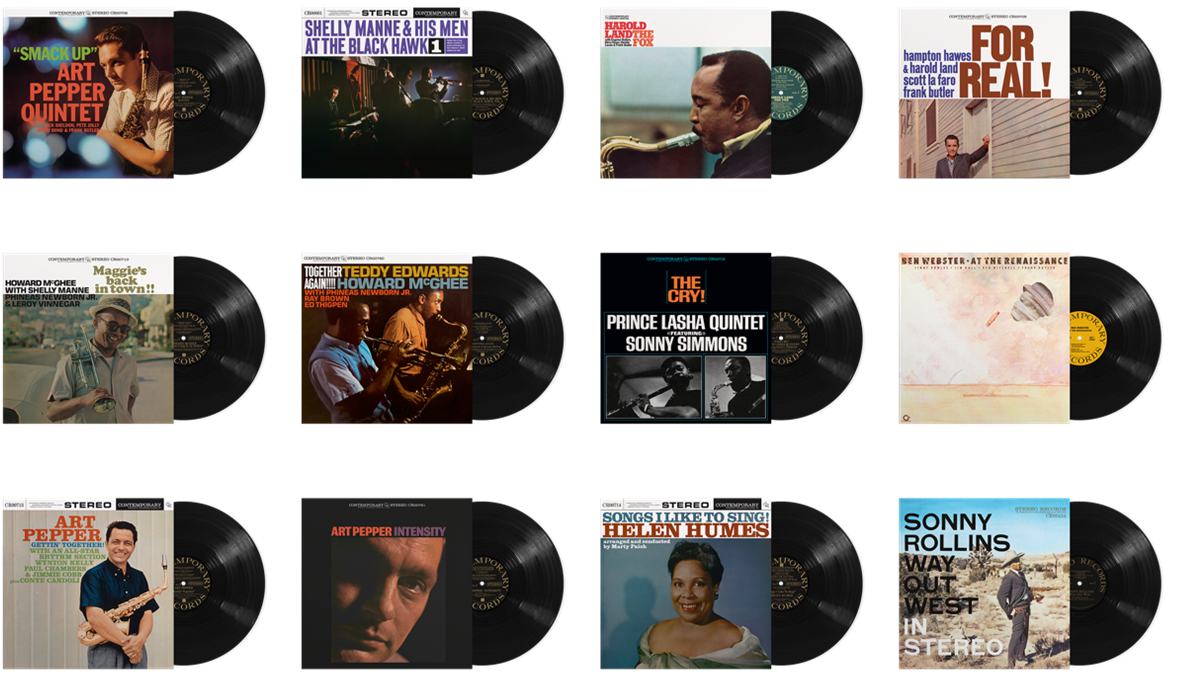





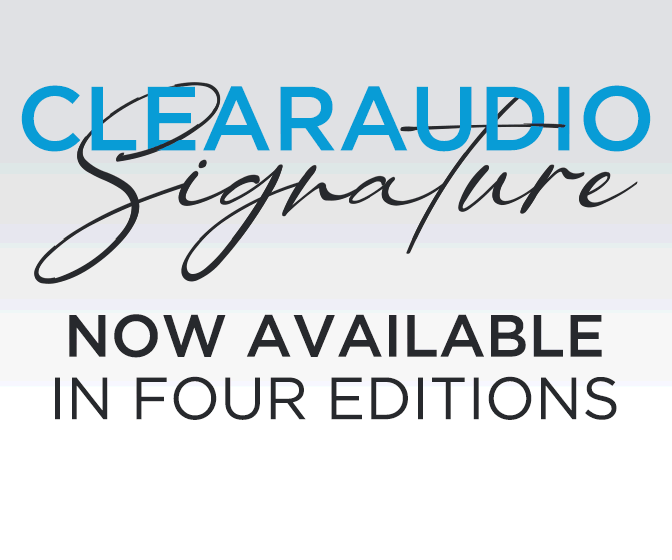
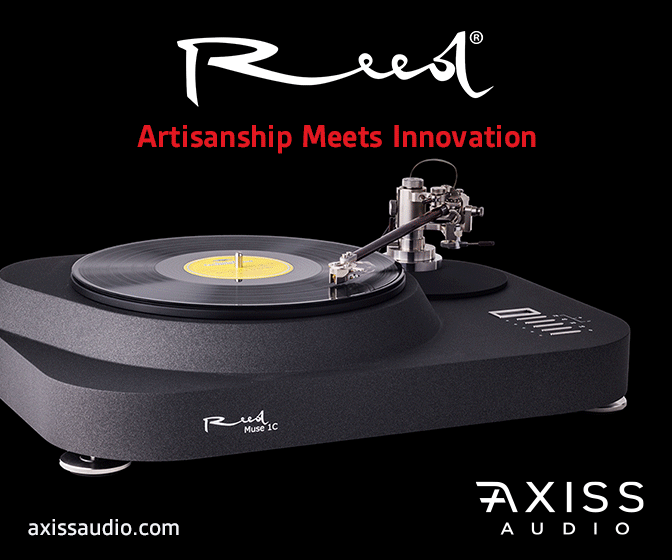
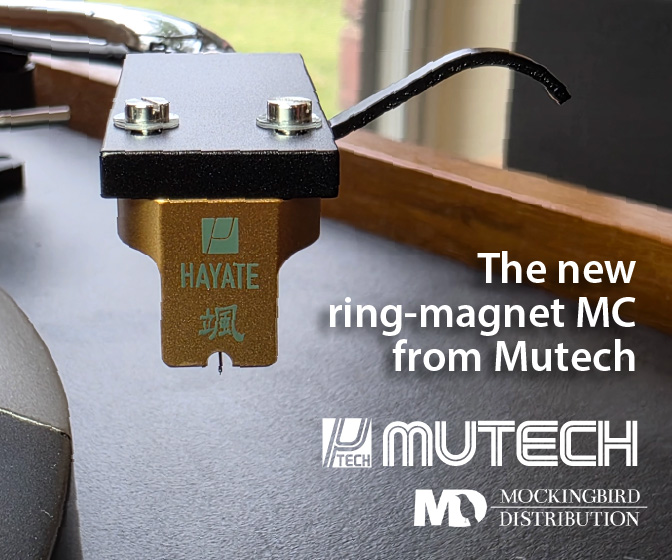
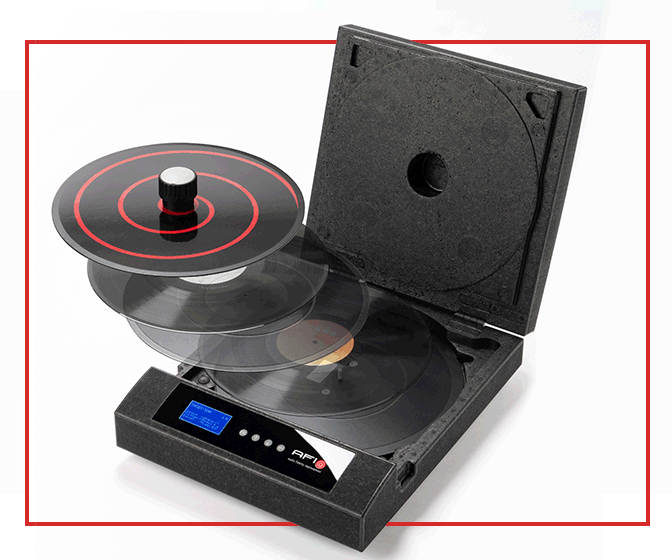

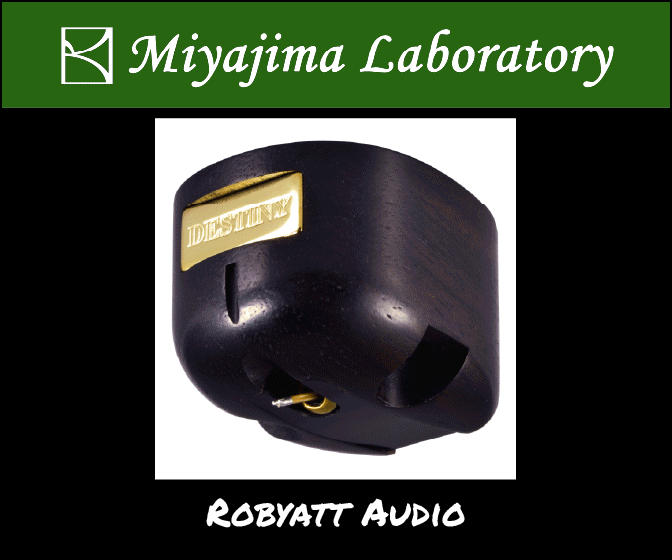
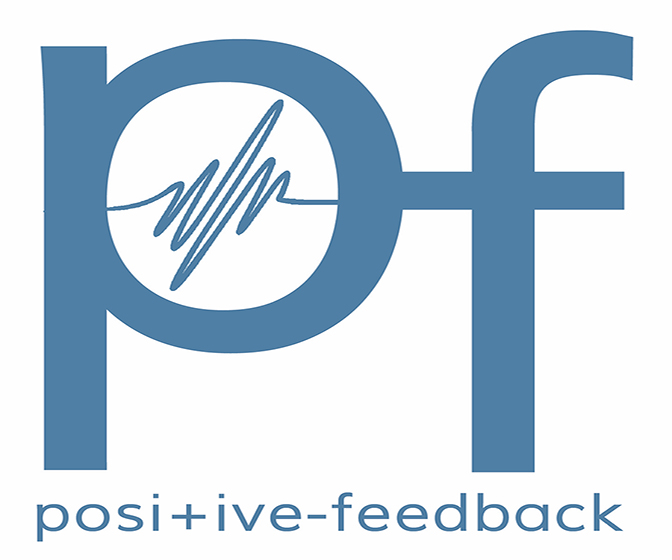




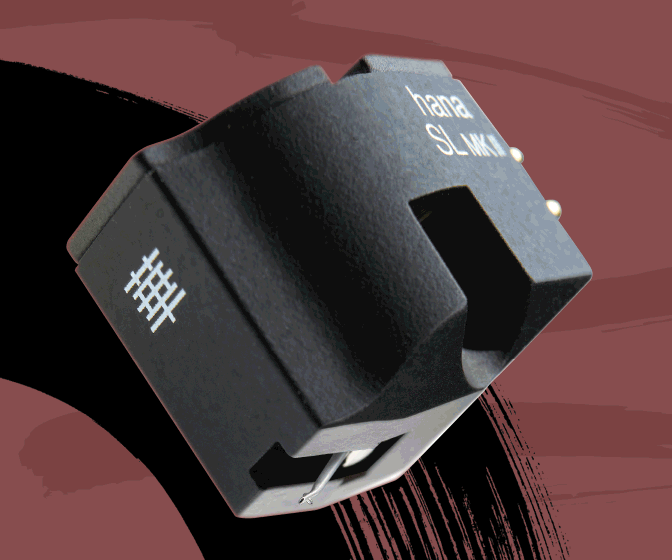
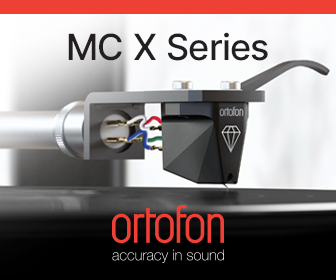
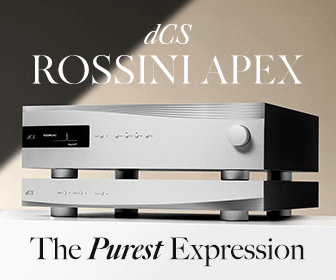
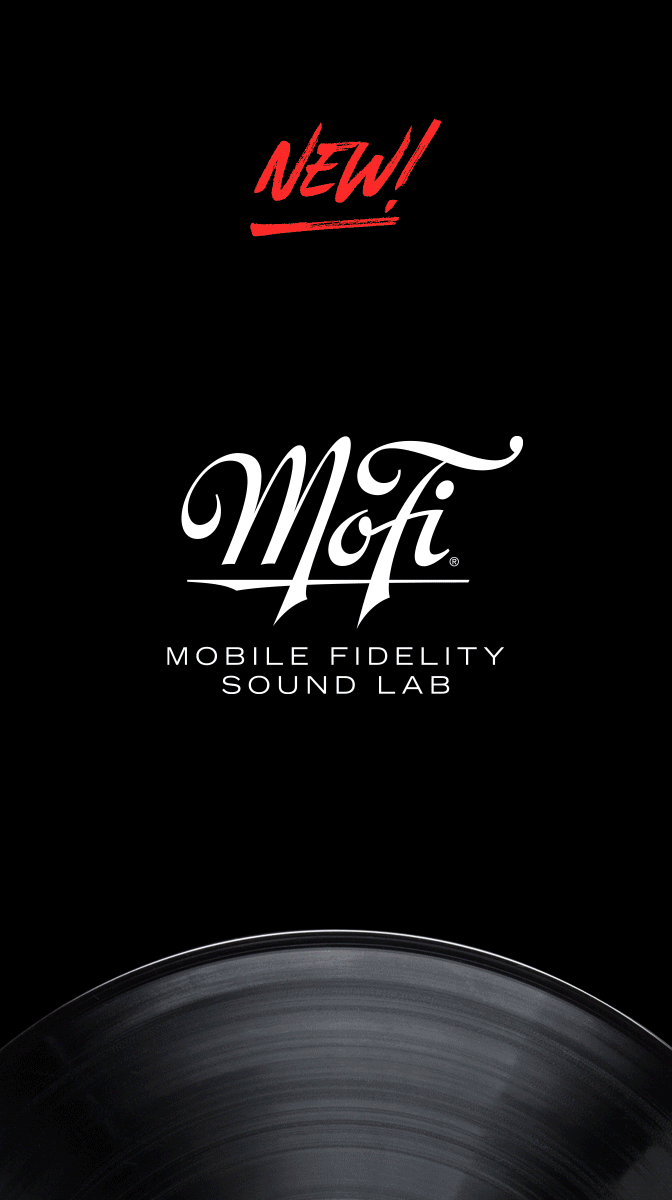



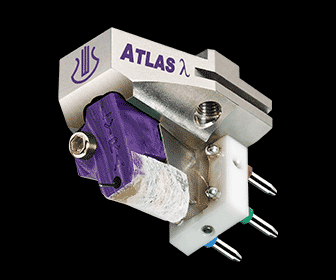

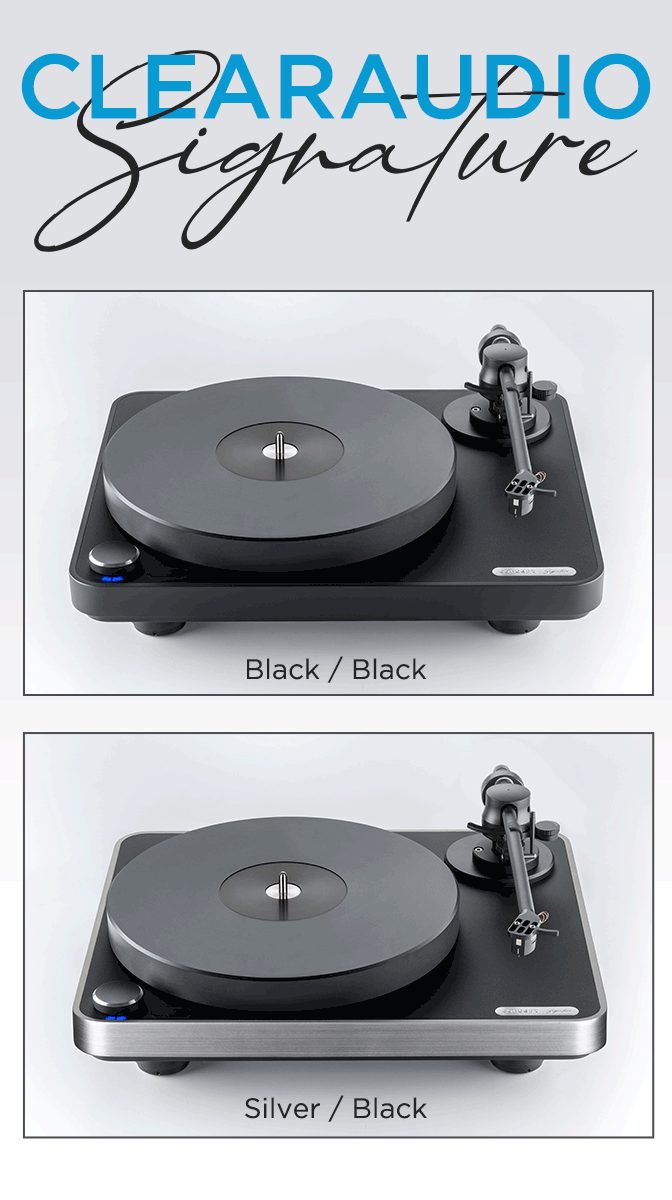


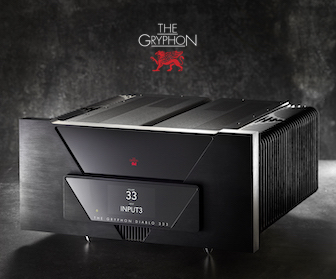
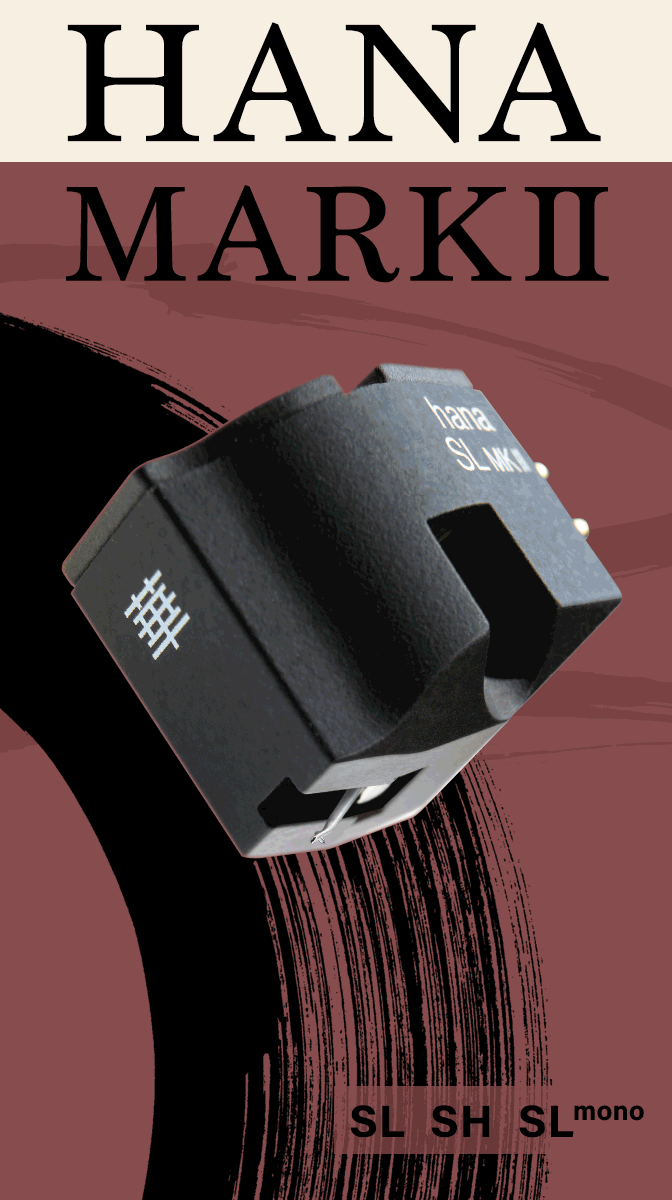



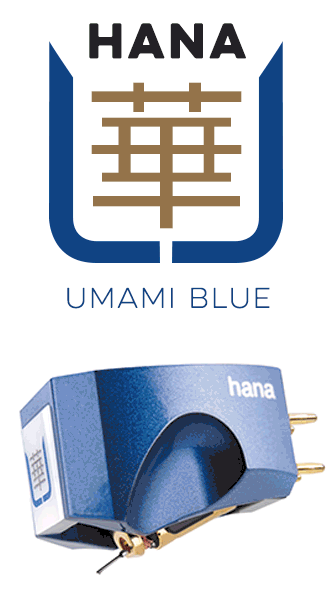





.png)








